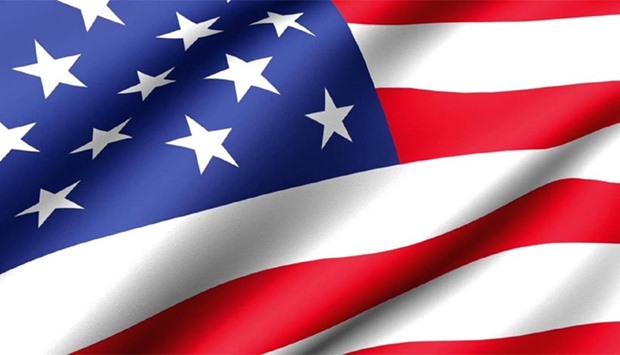The
US military has put countering China and Russia at the heart of a new
national defence strategy unveiled yesterday, the latest sign of
shifting American priorities after more than a decade-and-a-half of
focusing on the fight against Islamist militants.
The strategy
document, the first of its kind since at least 2014, sets priorities for
the US defence department that are expected to be reflected in future
defence spending requests.
The Pentagon released an unclassified, 11-page version of the document yesterday.
The
so-called “National Defence Strategy” represents the latest sign of
hardening resolve by President Donald Trump’s administration to address
challenges from Russia and China, despite Trump’s calls for improved
ties with Moscow and Beijing.
“We face growing threats from
revisionist powers as different as China and Russia, nations that seek
to create a world consistent with their authoritarian models,” Defence
Secretary Jim Mattis said in a speech presenting the document.
Elbridge
Colby, deputy assistant secretary of defence for strategy and force
development, said at a briefing with reporters that Russia was far more
brazen than China in its use of military power.
Russia annexed
Ukraine’s Crimean peninsula in 2014 and intervened militarily in Syria
to support its ally, Syrian President Bashar al-Assad.
Still, Moscow
was limited by its economic resources, Colby said. China, on the other
hand, was described as economically and militarily ascendant by the
document.
It has embarked on far-reaching military modernisation that Colby said was in “deep contravention to our interests.”
“This
strategy really represents a fundamental shift to say, look, we have to
get back, in a sense, to the basics of the potential for war and this
strategy says the focus will be on prioritising preparedness for war, in
particular major power war,” he added.
The document also listed
North Korea among the Pentagon’s top priorities, citing the need to
focus US missile defences against the threat from Pyongyang, which
beyond its nuclear weapons has also amassed an arsenal of biological,
chemical, and conventional arms.
It said that while state actors would have to be countered, non-state actors like militants would continue to pose a threat.
The document said that international alliances would be critical for the US military, by far the world’s best-resourced.
But
it also stressed a need for burden-sharing, an apparent nod to Trump’s
public criticism of allies who he says unfairly take advantage of US
security guarantees.
Mattis
said that the US military’s competitive edge has eroded “in every
domain of warfare” and blamed that partly on spending caps and
congressional budget dysfunction.
“As hard as the last 16 years of
war have been, no enemy in the field has done more to harm the readiness
of the US military than the combined impact” of the caps and short-term
funding.
In sheer spending terms, the US’ military outlay per year
is still far more than China and Russia, the rivals cited by Mattis. The
US is spending $587.8bn per year on its military, China $161.7bn and
Russia $44.6bn.



